

Articles
Who To Call When Ceiling Is Leaking
Modified: January 23, 2024
Experiencing a leaking ceiling? Find helpful articles and expert advice on who to call for ceiling repairs and solutions.
(Many of the links in this article redirect to a specific reviewed product. Your purchase of these products through affiliate links helps to generate commission for Storables.com, at no extra cost. Learn more)
Introduction
Having a leaking ceiling can be a homeowner’s nightmare. Not only can it cause significant damage to your property, but it can also be a sign of underlying issues that need immediate attention. Whether it’s a small drip or a sudden downpour, addressing a leaking ceiling promptly is crucial to prevent further damage and maintain the integrity of your home.
In this article, we will explore common causes of a leaking ceiling, provide guidance on identifying the source of the leak, offer immediate steps to take when your ceiling is leaking, and discuss who to call for professional help. We will also share essential questions to ask when hiring a ceiling repair specialist and provide preventive measures you can take to avoid ceiling leaks in the future.
Before we dive into the details, it’s important to note that every ceiling leak situation is unique, and the steps you take may vary depending on the severity of the leak and the underlying cause. If you’re unsure about what actions to take, it’s always best to consult with a professional.
Key Takeaways:
- Promptly addressing a leaking ceiling is crucial to prevent further damage. Take immediate steps, document the issue, and seek professional help to minimize the impact on your home and ensure safety.
- Regular maintenance, preventive measures, and professional assistance are essential for keeping your ceiling leak-free. Stay vigilant, address potential issues promptly, and maintain the integrity of your home.
Read more: Who To Call For Chimney Leak?
Common Causes of a Leaking Ceiling
A leaking ceiling can be a result of various factors, some of which are more common than others. Understanding these common causes can help you determine the best course of action for resolving the issue. Here are a few potential reasons why your ceiling may be leaking:
- Roof Damage: One of the most common causes of a leaking ceiling is roof damage. This can occur due to age, poor maintenance, or severe weather conditions such as storms or heavy rain. Damaged or missing shingles, cracked flashing, or deteriorated seals can allow water to seep into your home, eventually leading to a leaking ceiling.
- Plumbing Issues: Leaks from pipes or plumbing fixtures located above the ceiling can also cause water to drip down and create a ceiling leak. These leaks can be a result of loose connections, pipe corrosion, or even burst pipes. It’s essential to address any plumbing issues promptly to prevent further damage.
- Condensation: In some cases, a leaking ceiling may not be caused by an external water source but rather by condensation. This typically occurs when warm, humid air comes into contact with a cold surface, causing moisture to accumulate and drip onto the ceiling. Poor ventilation or insulation can contribute to condensation-related ceiling leaks.
- Overflowing Gutters: If your gutters are clogged with debris or not functioning properly, water can overflow and accumulate on your roof. This excess water can find its way into your home and lead to a leaking ceiling. Regular gutter maintenance is crucial to prevent this issue.
- Structural Issues: In some cases, a leaking ceiling may be a symptom of underlying structural problems, such as a damaged or compromised roof structure. Over time, structural issues can weaken the integrity of your roof, making it vulnerable to leaks.
It’s important to note that these are just a few potential causes of a leaking ceiling and that a thorough assessment by a professional is often necessary to pinpoint the exact source of the leak. Once you’ve identified the cause, you can take the necessary steps to address the issue and prevent further damage to your home.
Identifying the Source of the Leak
When dealing with a leaking ceiling, one of the first steps is to identify the source of the leak. This can be challenging, especially if the water is pooling away from the actual leak or if the leak is intermittent. However, by following these steps, you can narrow down the source and determine the best course of action:
- Inspect the Upstairs Area: Start by examining the area directly above the leaking ceiling. Check for any visible signs of water damage, such as wet spots on the floor, damp walls, or dripping pipes. If you can access the attic, look for any signs of water intrusion or leaks in the roof structure.
- Check the Roof: If the upstairs area appears to be dry, the next step is to inspect your roof. Look for damaged or missing shingles, cracked flashing, or any other signs of deterioration. Pay close attention to areas around vents, chimneys, and skylights as these are common areas for leaks to occur.
- Examine Plumbing Fixtures: If you’ve ruled out roof-related issues, the source of the leak may be a plumbing problem. Inspect the area above the ceiling for any visible signs of leaks from pipes, supply lines, or fixtures. Run water in the nearby sinks, showers, and toilets to see if it triggers a leak.
- Consider Condensation: In some cases, condensation can be mistaken for a ceiling leak. Check for signs of excessive moisture, such as wet insulation or water droplets on cold surfaces. Improving ventilation and insulation in your home can help mitigate condensation-related issues.
- Observe During Rainfall: If the leak only occurs during rainfall, try to observe the area closely while it is raining. Look for signs of water entry, such as dripping or running water. Pay attention to areas around windows, doors, and vents as these can be vulnerable spots for water intrusion.
It’s important to note that identifying the source of a ceiling leak can be challenging, especially if the leak is not readily apparent. If you’re unable to locate the source or if the issue persists, it’s best to consult with a professional roof inspector or plumber who can conduct a thorough assessment and provide recommendations for addressing the problem.
Immediate Steps to Take when Ceiling is Leaking
Discovering a ceiling leak can be a stressful situation, but taking immediate action can help minimize damage and prevent further complications. Here are some essential steps to take when you notice a leaking ceiling:
- 1. Safety First: Ensure your safety by immediately moving any valuable items away from the affected area to prevent damage. Additionally, place buckets or containers under the leak to collect dripping water and minimize further spreading.
- 2. Mitigate Water Damage: If there is a significant amount of water pooling on the ceiling, you can use a screwdriver to create a small hole in the ceiling to allow the water to drain. This can help relieve pressure and prevent the ceiling from collapsing. However, only do this if you’re confident in your abilities and consult with a professional if unsure.
- 3. Turn Off Electrical Equipment: If the leak is near any electrical fixtures or appliances, or if there is a risk of water coming into contact with electrical wiring, it’s crucial to turn off the electricity in that area to avoid any potential hazards. If you’re unsure how to do this safely, contact an electrician.
- 4. Document the Damage: Take photos or videos of the affected area and any visible signs of water damage. This documentation can be helpful for insurance claims or when seeking professional assistance. Make sure to capture any personal belongings that have been affected as well.
- 5. Address the Cause: While it’s important to take immediate steps to mitigate damage, it’s equally crucial to address the root cause of the leak. If it’s a minor issue that you can handle yourself, such as a small plumbing leak or a loose shingle, you can attempt to temporarily fix the issue. However, for more complex or severe problems, it’s best to contact a professional.
- 6. Contact Professional Help: If the leak continues or if you’re unable to identify the source of the problem, it’s time to call in the experts. Reach out to a qualified roofing contractor or a professional plumber who can assess the situation, provide an accurate diagnosis, and recommend appropriate repairs.
- 7. Follow Insurance Procedures: If the leak has caused significant damage to your property, contact your insurance provider to report the incident and initiate any necessary claims. They can provide guidance on the claims process and help you navigate the repair and restoration requirements.
Remember, addressing a leaking ceiling promptly is essential. Ignoring the problem or postponing repairs can lead to more extensive damage, mold growth, and costly repairs down the line. By taking immediate steps and seeking professional assistance when needed, you can minimize the impact of a leaking ceiling and protect the integrity of your home.
If your ceiling is leaking, immediately call a licensed plumber or a professional roofing contractor to assess and repair the issue. Do not attempt to fix the leak yourself, as it could be a sign of a larger problem.
Who to Call for Professional Help
When dealing with a leaking ceiling, it’s crucial to seek professional help to properly diagnose and address the issue. Depending on the underlying cause of the leak, you may need to contact different experts. Here’s a guide on who to call for professional help:
- Roofing Contractor: If the leak is a result of roof damage, it’s recommended to reach out to a reputable roofing contractor. They have the expertise to inspect your roof, identify the source of the leak, and perform necessary repairs or replacements. Look for contractors with experience in roof inspections and repairs to ensure the best outcome.
- Plumber: If the leak is caused by plumbing issues, such as leaking pipes or fixtures, contacting a licensed plumber is the right course of action. They can assess your plumbing system, identify the source of the leak, and provide appropriate repairs or replacements. Make sure to hire plumbers with proper certifications and good customer reviews.
- Water Damage Restoration Specialist: If the leak has caused significant damage to your home, it may be necessary to contact a water damage restoration specialist. These professionals are trained to mitigate water damage, dry out affected areas, and restore your property to its pre-leak condition. They can also help with mold prevention and remediation if necessary.
- Insurance Adjuster: If the leak has resulted in substantial damage and you plan to file an insurance claim, contact your insurance provider to request an adjuster. An insurance adjuster will assess the damage, document the necessary repairs, and help navigate the claims process. It’s important to provide them with all relevant information and documentation to ensure a smooth and fair claim settlement.
- General Contractor: In some cases, you may need to hire a general contractor who can coordinate various repairs and handle any additional construction work resulting from the ceiling leak. They can oversee the project, ensure proper communication between different trades, and ensure that the repairs are completed to a high standard.
Before hiring any professional, it’s important to conduct thorough research, read customer reviews, and obtain multiple quotes for comparison. Check for licenses, certifications, and insurance coverage to ensure that you’re working with qualified and reputable professionals.
Remember, addressing a leaking ceiling promptly and with the help of professionals is essential to prevent further damage and ensure the safety and longevity of your home.
Read more: Who To Call To Fix A Leaking Skylight
Questions to Ask when Hiring a Ceiling Repair Specialist
When it comes to hiring a ceiling repair specialist, asking the right questions can help ensure that you hire a qualified and trustworthy professional. Here are some essential questions to ask when interviewing potential specialists:
- Are you licensed and insured? It’s important to verify that the ceiling repair specialist holds the necessary licenses and certifications required to perform the work. Additionally, ensure that they have liability insurance and workers’ compensation coverage to protect you and their employees in case of any accidents or damages during the project.
- What experience do you have in ceiling repairs? Inquire about the specialist’s experience specifically in repairing ceilings. Ask how long they have been in business and if they have successfully completed similar projects in the past. Look for specialists with a proven track record and positive customer reviews.
- Can you provide references? Request references from past clients who have had similar ceiling repair work done. Contact these references to inquire about their experience with the specialist, the quality of their work, and their overall satisfaction. This feedback can provide valuable insights into the specialist’s reliability and professionalism.
- Do you offer a warranty on your work? A reputable ceiling repair specialist should stand behind their work and offer a warranty on the repairs performed. Inquire about the details of their warranty, including the duration and what it covers. This will provide you with peace of mind knowing that they are committed to delivering quality work.
- What is your process for identifying and fixing the source of the leak? Understanding how the specialist approaches the diagnosis and repair process is crucial. Ask about their methods for identifying the source of the leak and how they plan to address it. Look for specialists who prioritize thorough inspections and use proper techniques to ensure a lasting solution.
- What is the estimated timeline for completing the ceiling repair? Ask for an estimated timeline for the completion of the project. This will give you an idea of how long you can expect the repairs to take and will help you plan accordingly. Keep in mind that the timeline may vary depending on the extent of the damage and any necessary additional work.
- What is the total cost of the ceiling repair? Request a detailed breakdown of the costs involved in the repair process. The specialist should provide you with a written estimate that includes labor, materials, and any additional fees. Be wary of lowball offers that seem too good to be true, as they may indicate subpar workmanship or the use of inferior materials.
- Do you have any certifications or memberships in professional organizations? Certain certifications and memberships can reflect a specialist’s commitment to their profession and adherence to industry standards. Inquire about any relevant certifications, such as from the National Roofing Contractors Association or the National Association of the Remodeling Industry.
Asking these important questions will help you make an informed decision when hiring a ceiling repair specialist. Take your time to evaluate their responses, compare quotes, and choose a specialist who is reliable, experienced, and capable of delivering high-quality work.
Preventive Measures to Avoid Ceiling Leaks
Prevention is always better than dealing with the aftermath of a ceiling leak. Taking proactive measures can help you avoid potential water damage and costly repairs. Here are some preventive measures to keep your ceiling leak-free:
- Regular Roof Maintenance: Schedule regular inspections of your roof to check for any signs of damage or deterioration. Replace missing or damaged shingles, repair damaged flashing, and clean out gutters and downspouts regularly to ensure proper water drainage.
- Maintain Plumbing Systems: Keep an eye out for any signs of plumbing leaks, such as dripping faucets or visible water stains. Address any plumbing issues promptly, including repairing leaks, replacing worn-out pipes, and properly insulating exposed pipes to prevent freezing and bursting.
- Improve Ventilation and Insulation: Inadequate ventilation and insulation can contribute to condensation and moisture buildup, leading to ceiling leaks. Ensure proper airflow in your home, especially in areas prone to high humidity, such as bathrooms and kitchens. Additionally, ensure that your attic is well-insulated to prevent air leaks and excessive moisture.
- Regularly Check Seals and Caulking: Inspect seals and caulking around windows, doors, vents, and other penetrations in your roof or walls. Repair or replace any worn-out or damaged seals to prevent water intrusion.
- Monitor and Maintain Attic Conditions: Keep an eye on your attic for any signs of leaks or moisture. Check for stains, mold growth, or damp insulation. Properly ventilate and insulate your attic to prevent excess moisture buildup that could lead to ceiling leaks.
- Trim Trees and Clear Debris: Overhanging tree branches can damage your roof during storms and contribute to clogged gutters. Trim any branches that are too close to your roof, and regularly clear debris, leaves, and other materials from your gutters and downspouts to ensure proper water flow.
- Monitor Water Pressure: Excessively high water pressure can put strain on your plumbing system and potentially cause leaks. Use a pressure regulator to control water pressure and avoid any sudden spikes that may damage pipes or fixtures.
- Install Leak Detection Devices: Consider installing water leak detection devices, especially in areas prone to leaks, such as near plumbing fixtures, appliances, or in the vicinity of your water heater. These devices can quickly alert you to any water leaks and help mitigate damage.
- Routine Inspections and Maintenance: Make it a habit to conduct routine inspections of your home’s interior and exterior. Look for any signs of water damage, such as stains, discoloration, or peeling paint. Promptly address any issues to prevent further damage.
By implementing these preventive measures, you can significantly reduce the risk of ceiling leaks and protect your home from water damage. Remember to address any potential issues promptly and seek professional help as needed to maintain the integrity of your ceiling and prevent further complications.
Conclusion
Dealing with a leaking ceiling can be a stressful experience for any homeowner. However, by understanding the common causes of ceiling leaks, identifying the source of the leak, and taking immediate action, you can minimize damage and prevent further complications. It’s crucial to reach out for professional help when needed and ask the right questions when hiring a ceiling repair specialist to ensure the best outcome.
Prevention is key when it comes to avoiding ceiling leaks. By performing regular inspections, maintaining your roof and plumbing systems, improving ventilation and insulation, and taking other preventive measures, you can significantly reduce the risk of leaks and protect your home from water damage.
Remember, safety should always be a priority when dealing with a leaking ceiling. Take immediate steps to mitigate damage, ensure your electrical safety, and document the extent of the damage for insurance purposes. By acting quickly and seeking professional assistance, you can address the issue effectively and restore your home to its original state.
In conclusion, keeping your ceiling leak-free requires vigilance, maintenance, and prompt action. By understanding the causes and taking preventive measures, you can minimize the risk of ceiling leaks and maintain the integrity of your home for years to come.
Frequently Asked Questions about Who To Call When Ceiling Is Leaking
Was this page helpful?
At Storables.com, we guarantee accurate and reliable information. Our content, validated by Expert Board Contributors, is crafted following stringent Editorial Policies. We're committed to providing you with well-researched, expert-backed insights for all your informational needs.
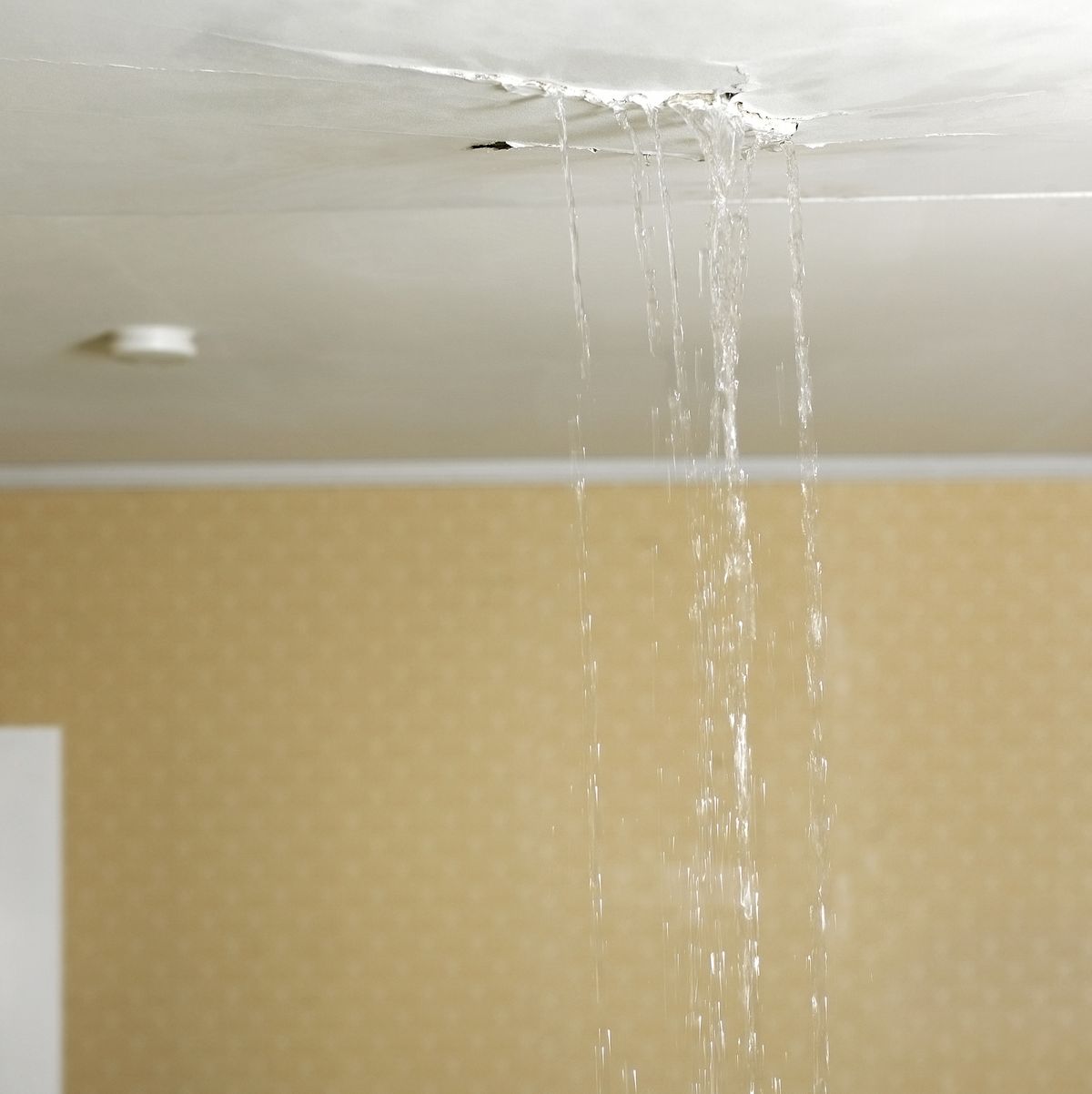
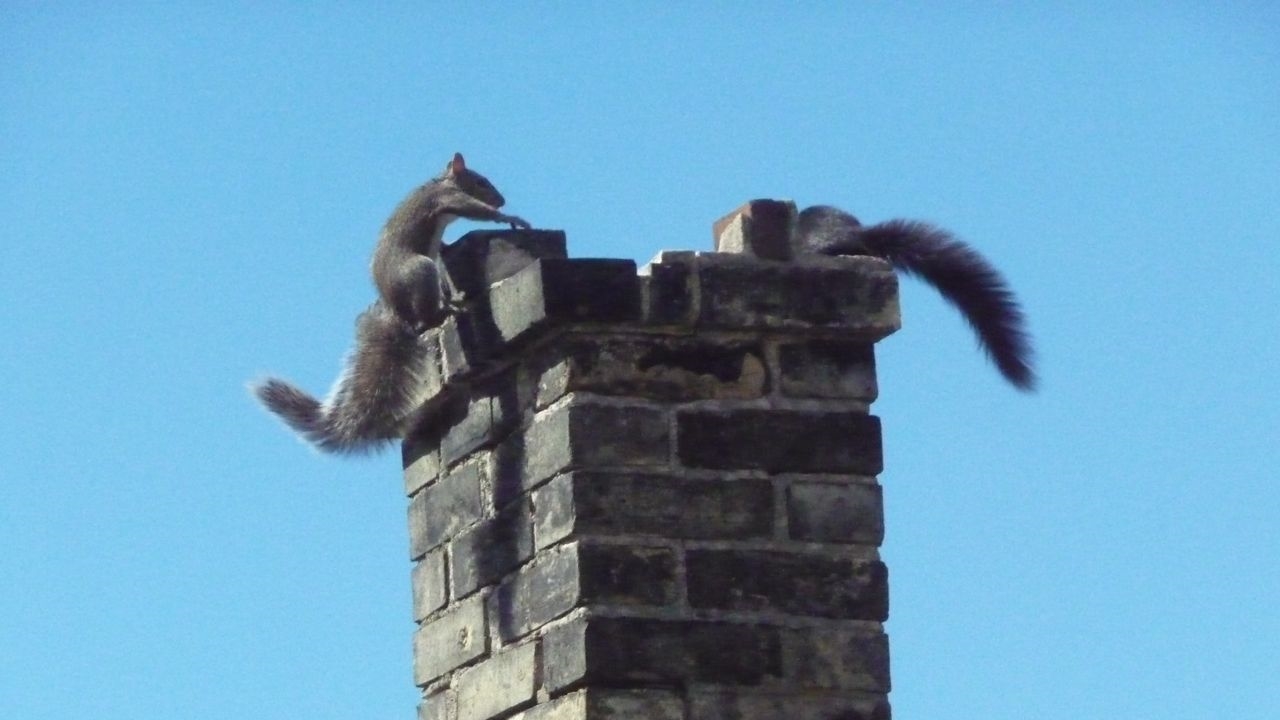
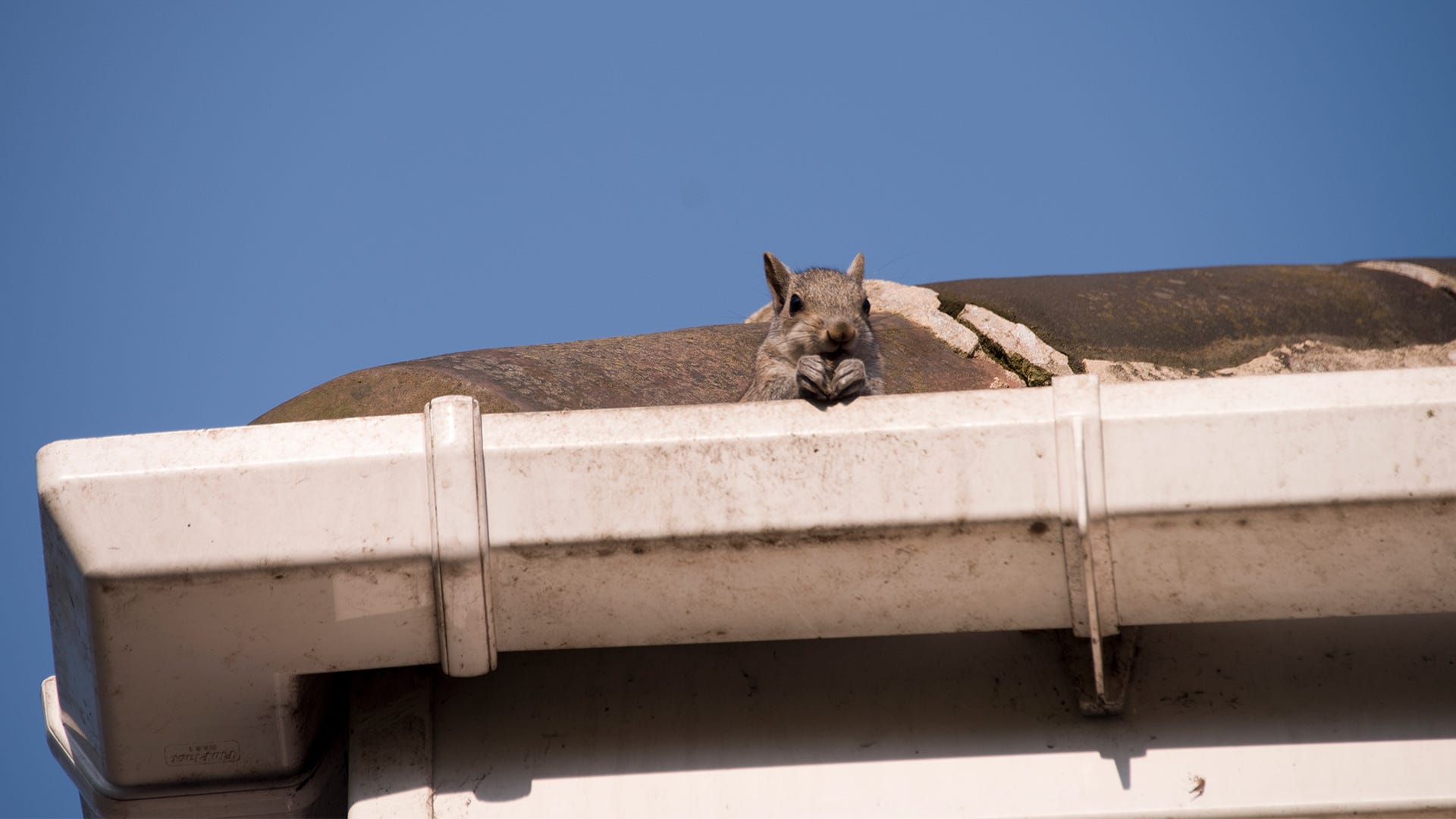
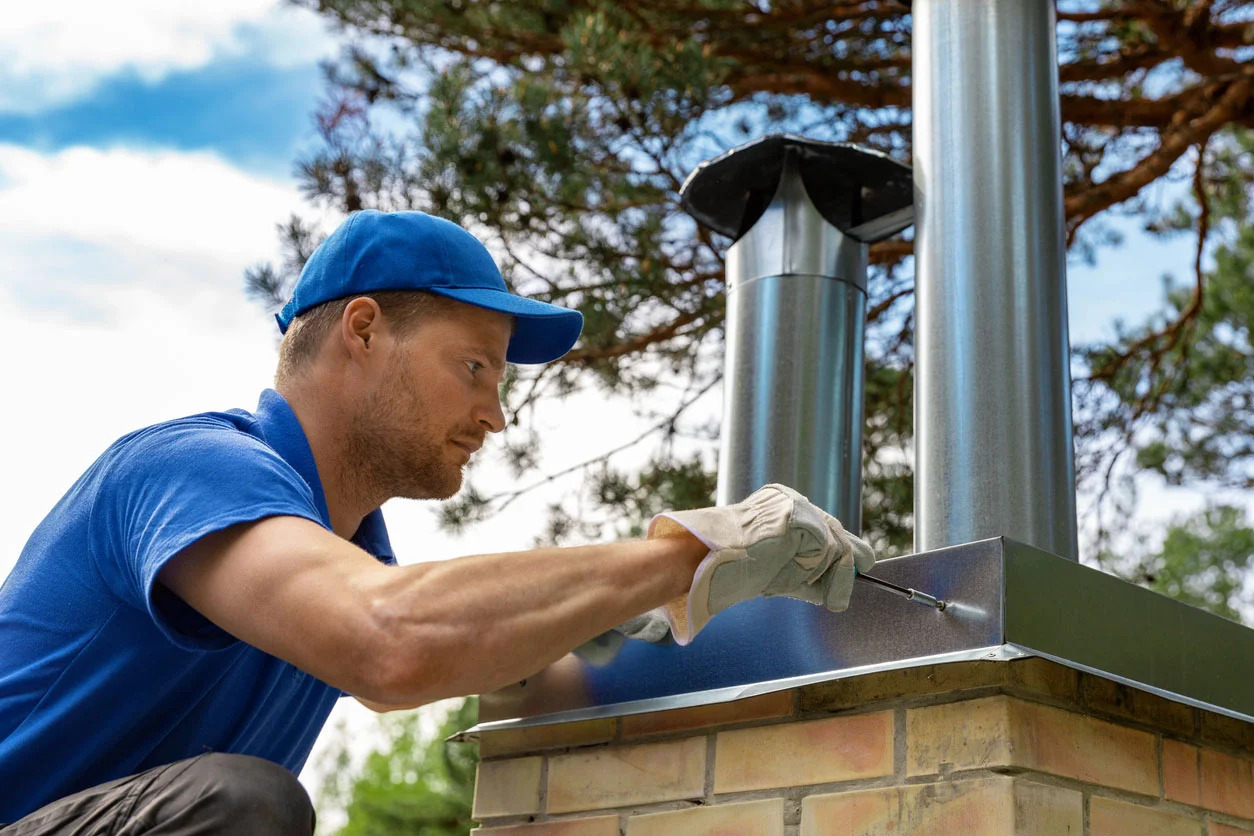
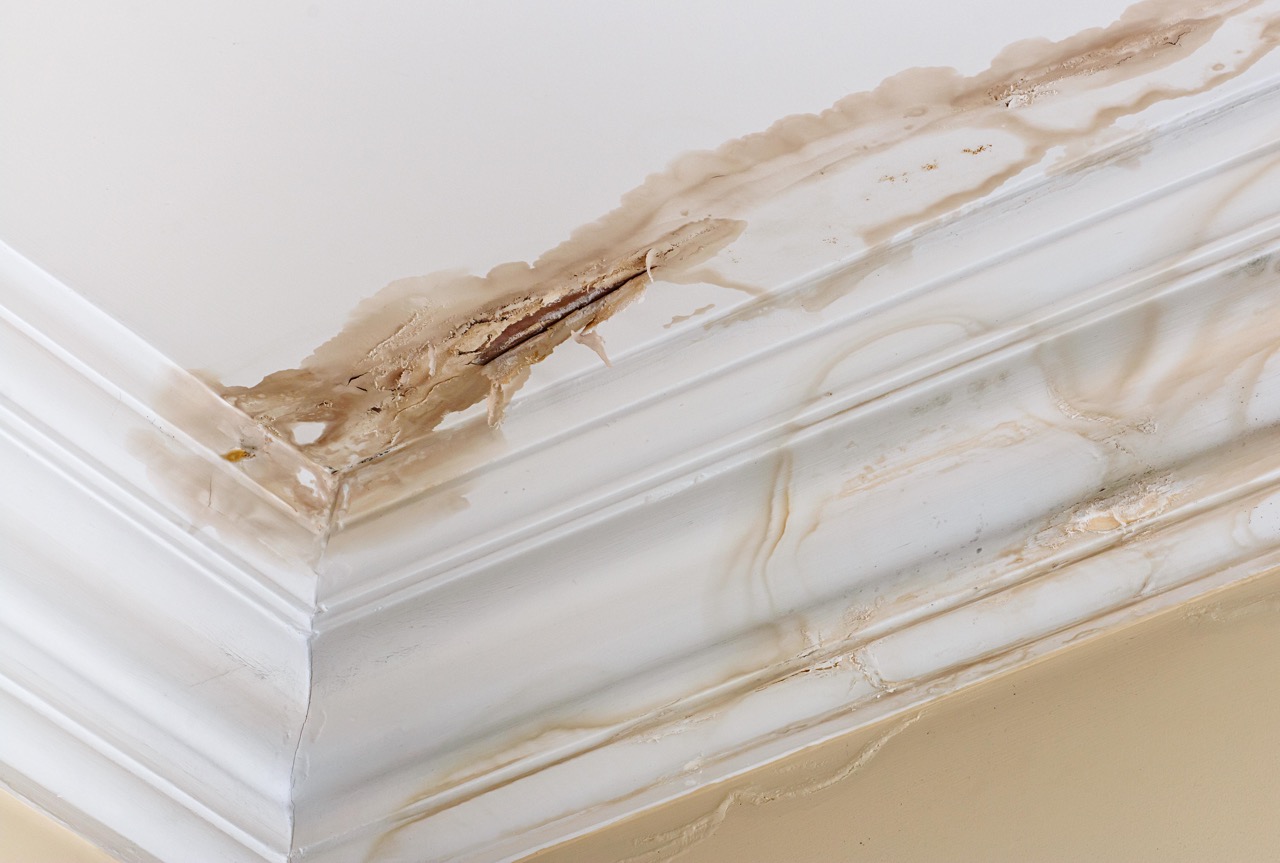
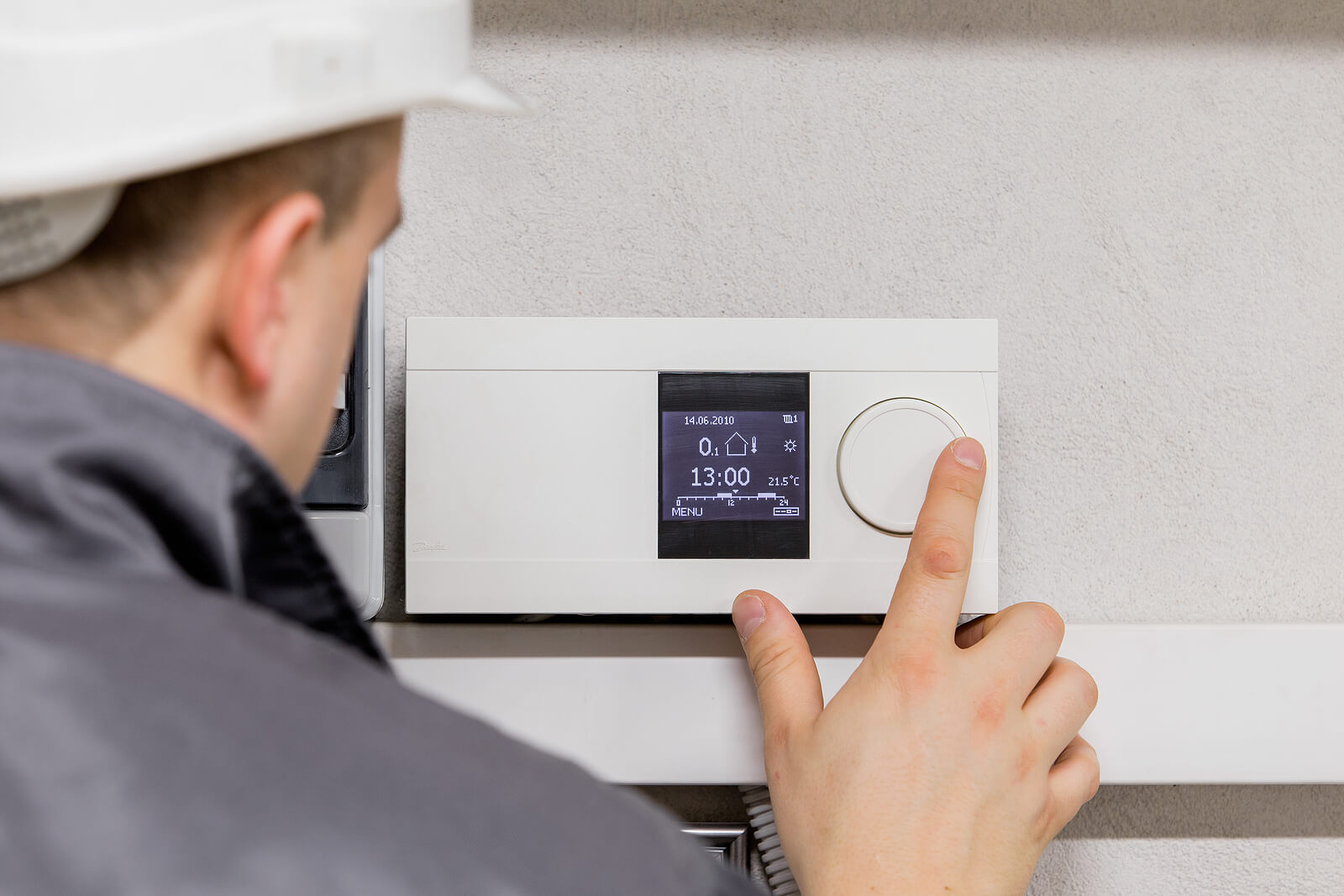
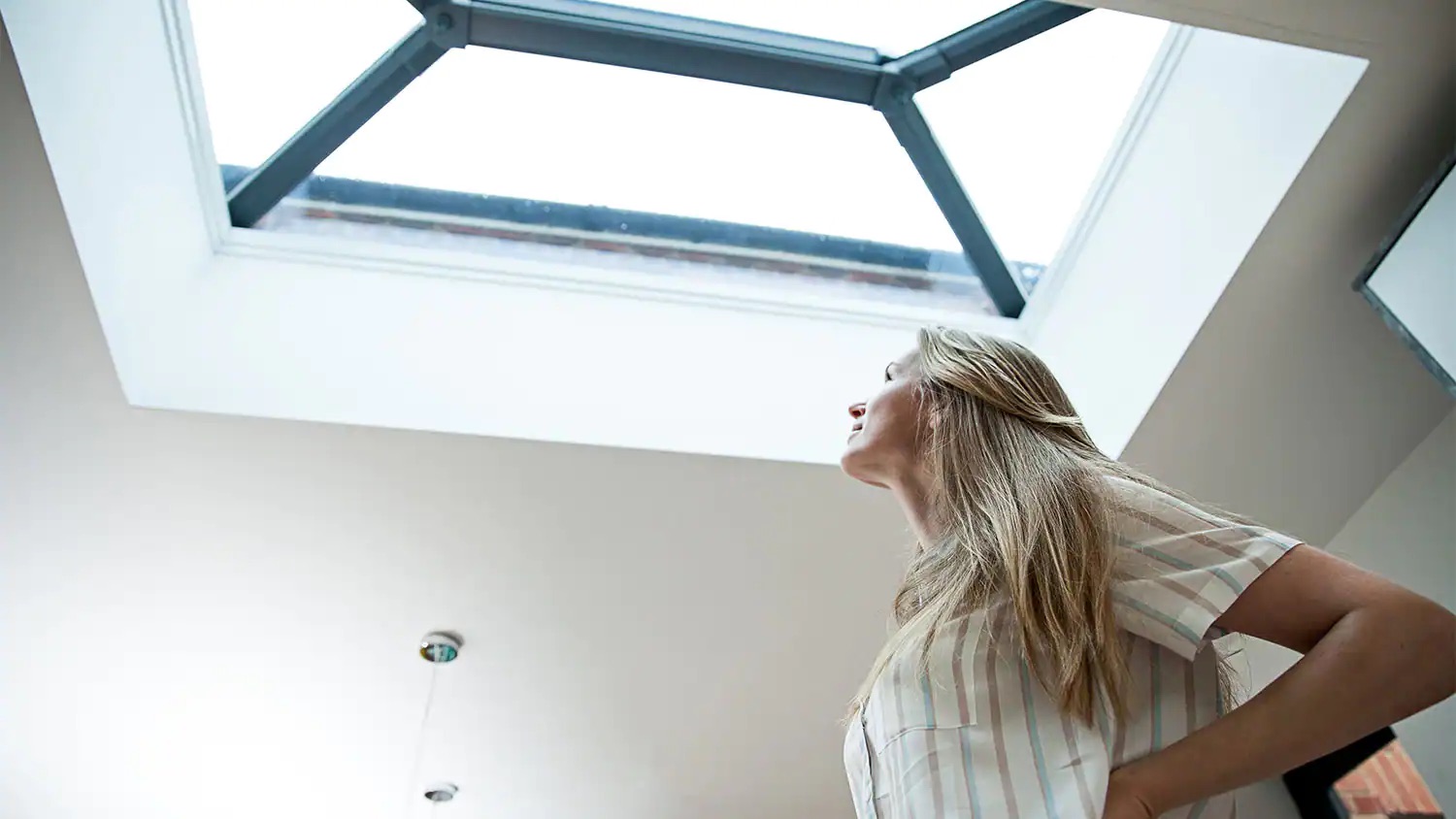
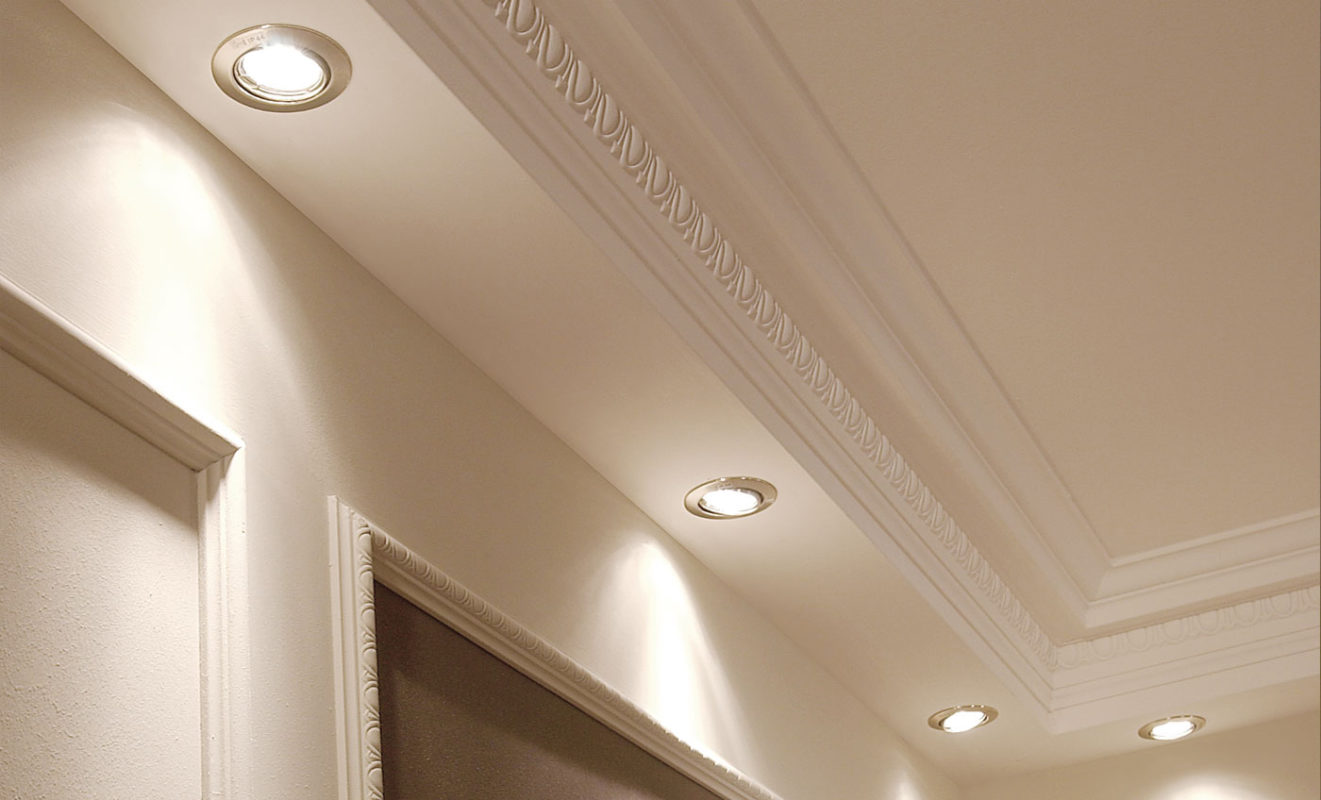
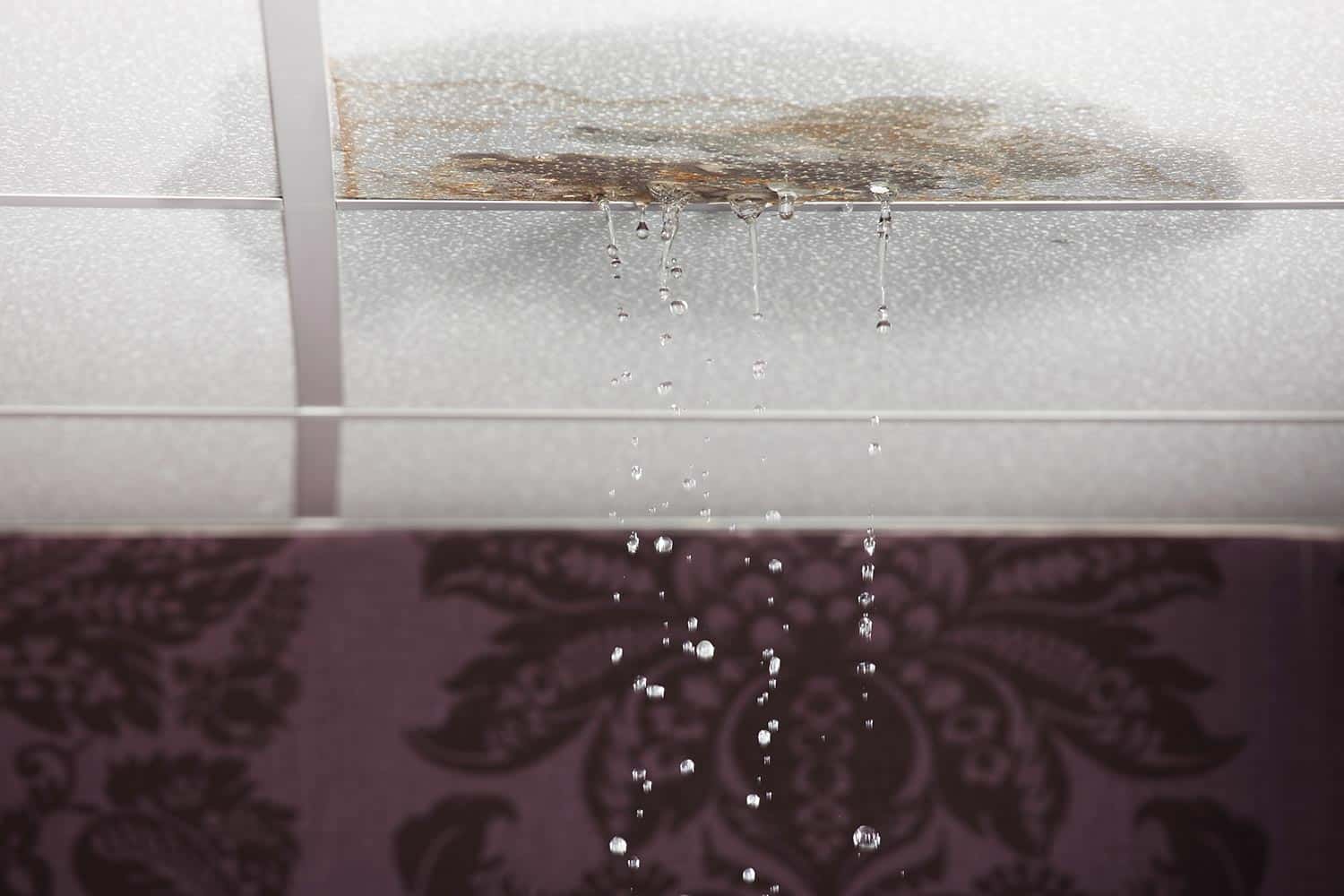
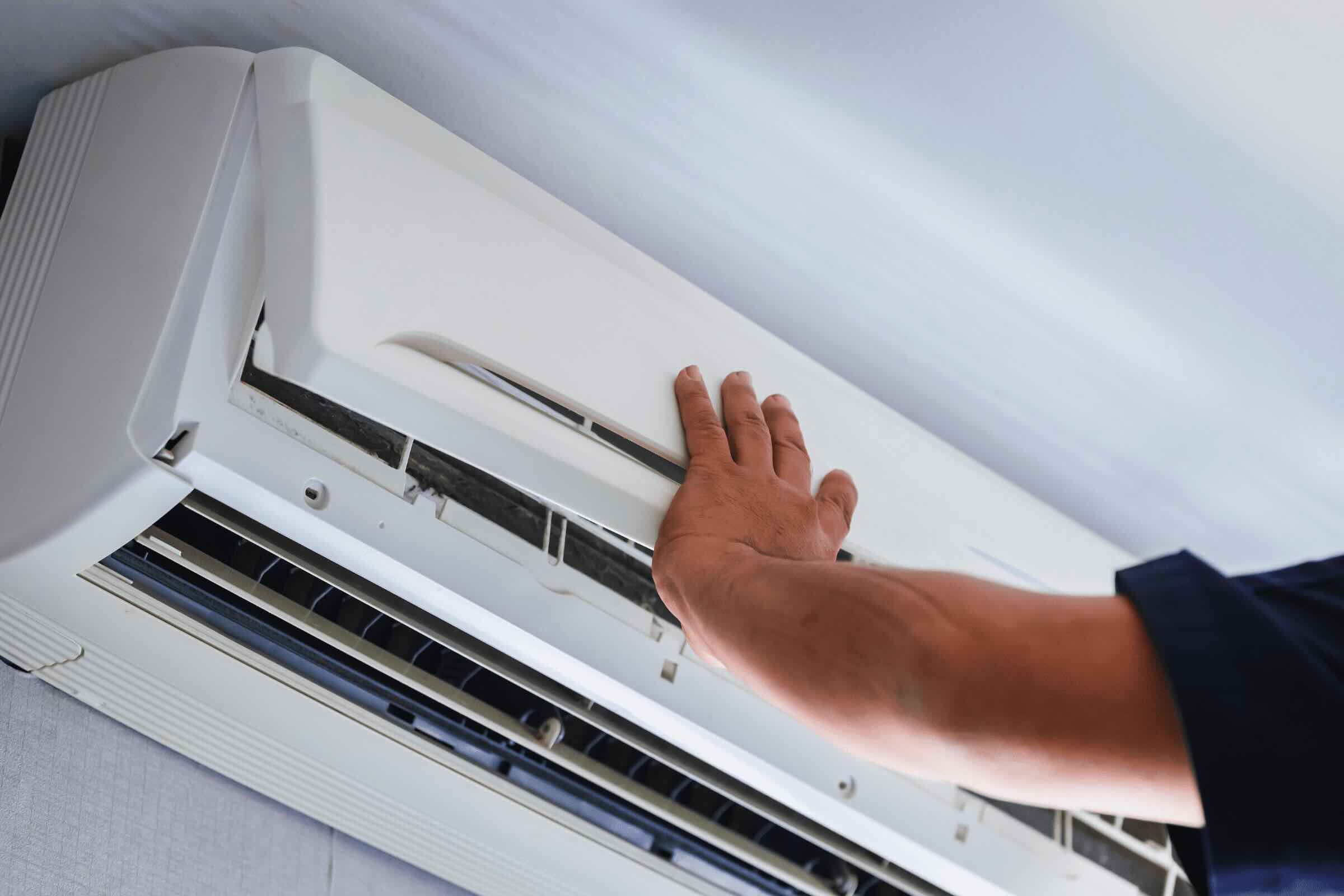
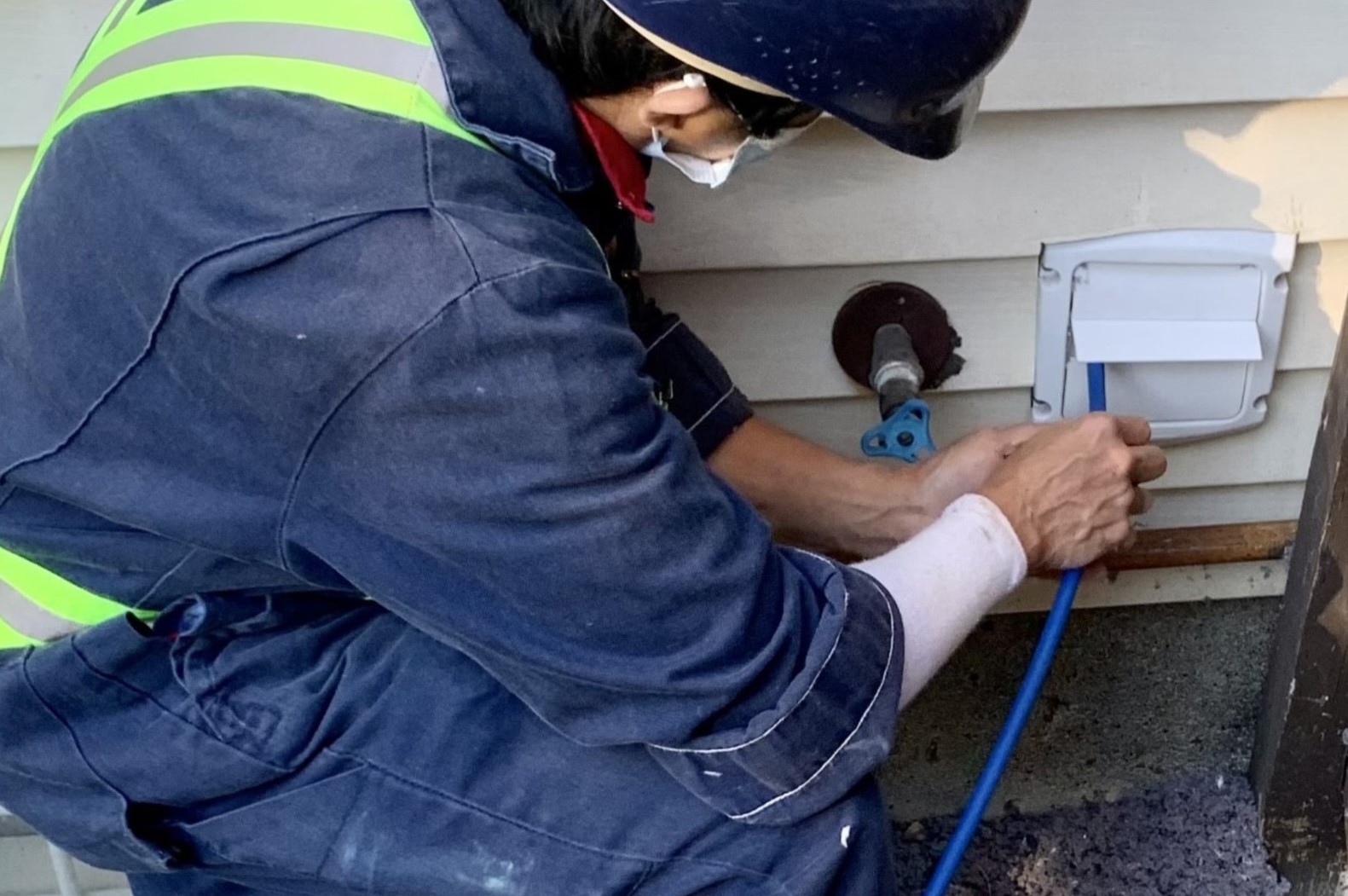
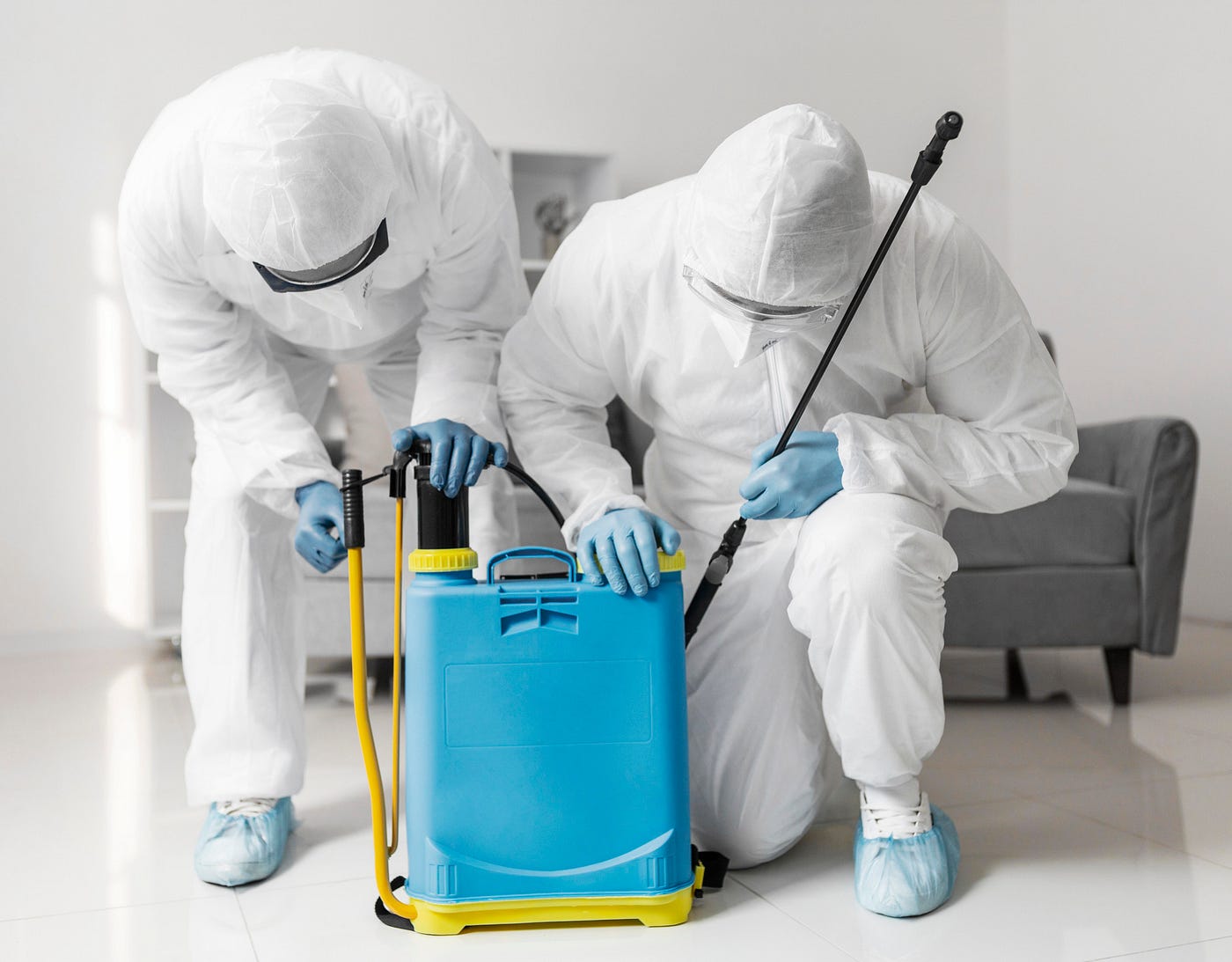
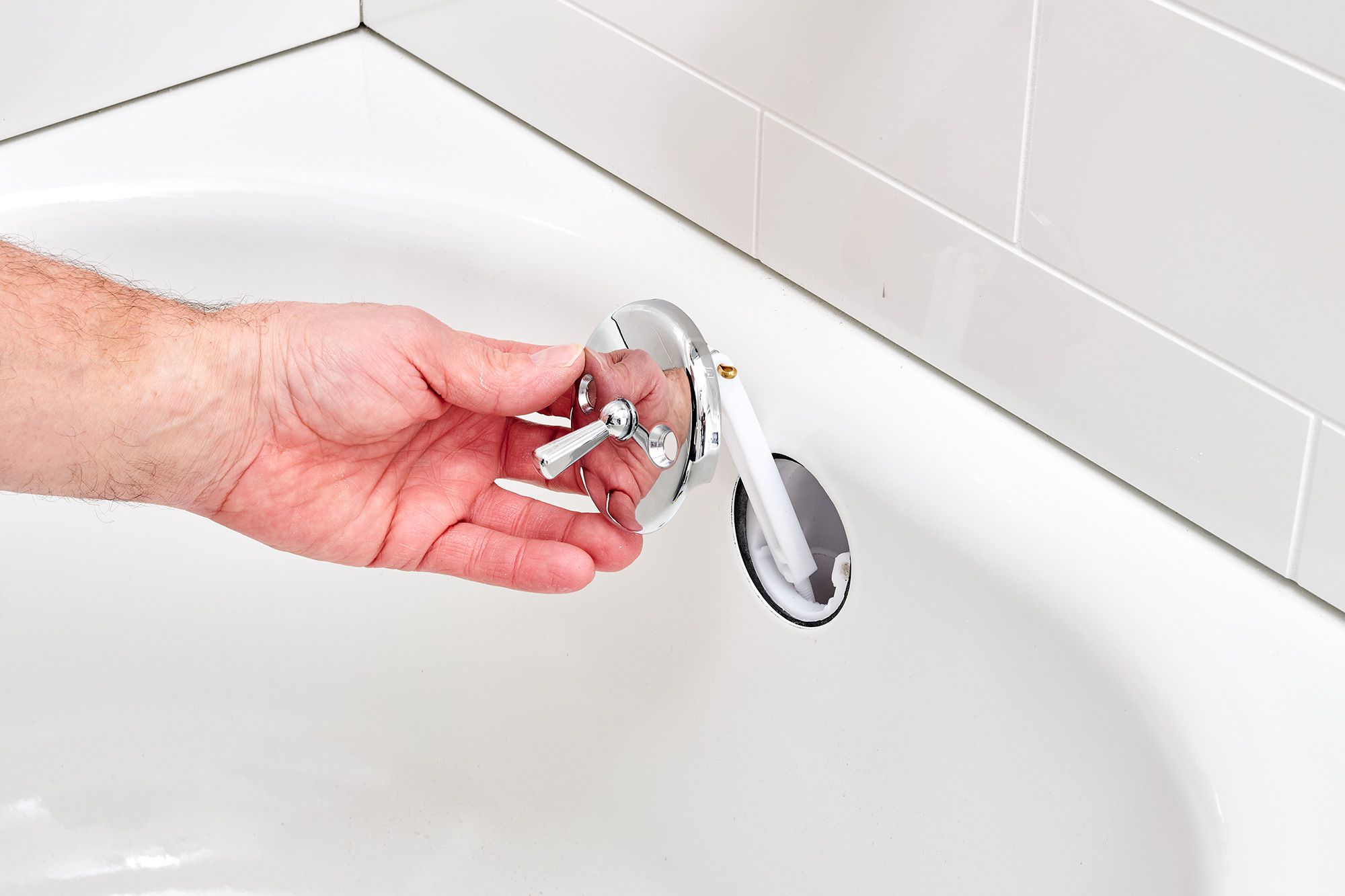
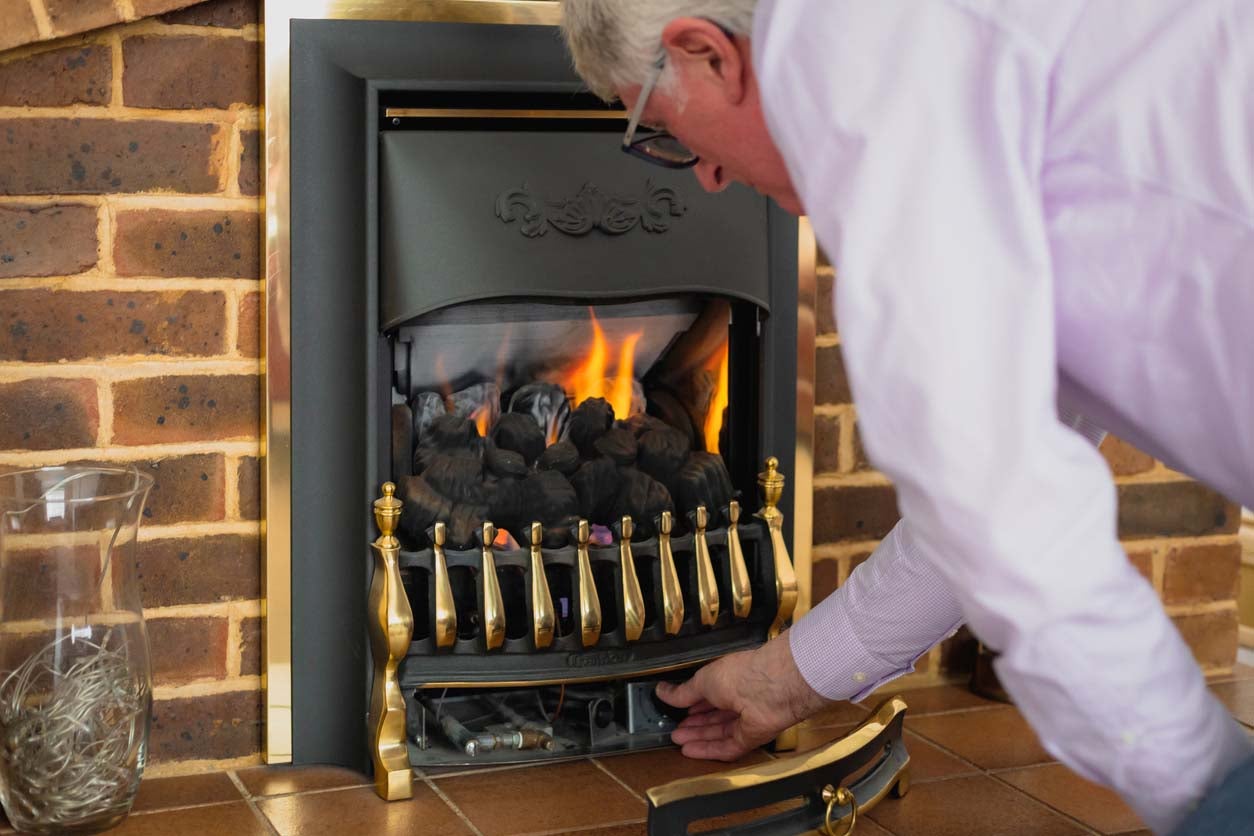

0 thoughts on “Who To Call When Ceiling Is Leaking”